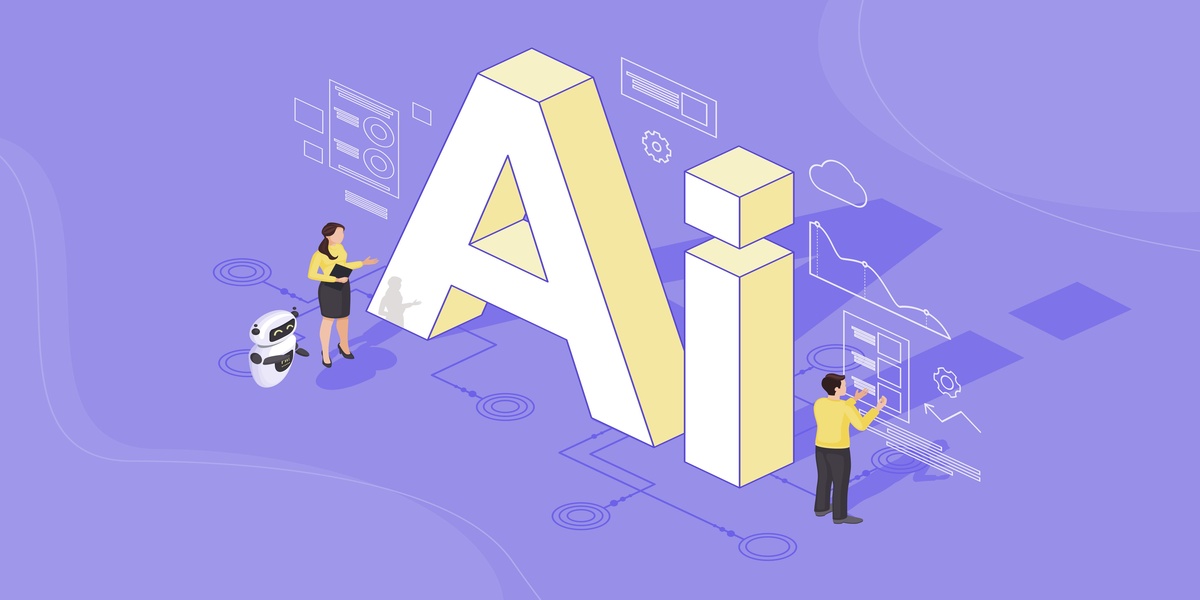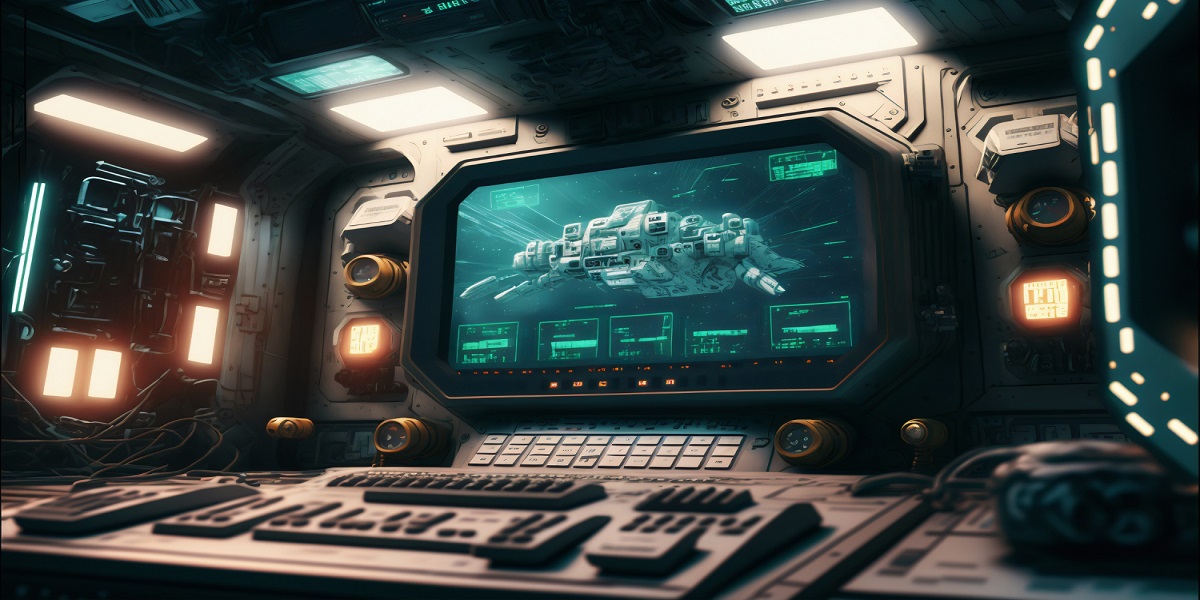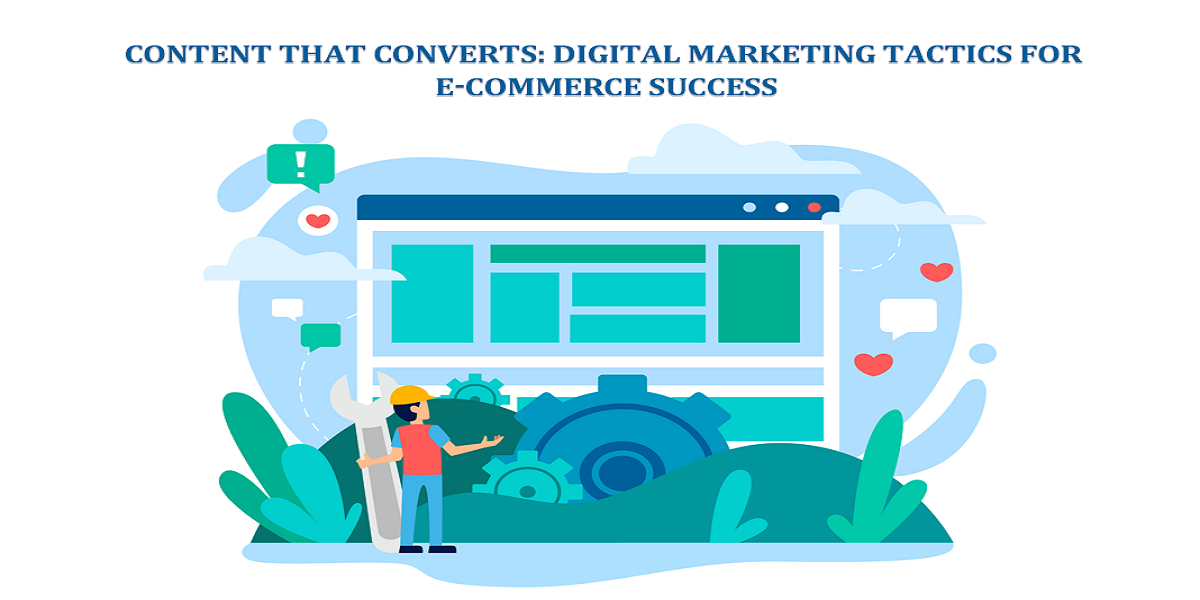
Capabilities of Generative AI in Web Development
- By Yuliya Vasilko
- 13-09-2023
- Artificial Intelligence
The integration of Generative AI has emerged as a transformative force, promising to reshape traditional practices of web development. From automating code generation to revolutionizing design and personalization, Generative AI's capabilities hold the potential to revolutionize how web apps, portals, and sites are conceptualized, crafted, and brought to life. This article explores the diverse and dynamic ways in which Generative AI is poised to empower web developers and redefine allocation of tasks and resources.
How does Generative AI work?
Generative AI refers to a class of artificial intelligence techniques and models designed to create new content that is not directly copied from existing data. Unlike traditional AI systems that rely on explicit programming and rules, generative AI models learn from large datasets to produce original outputs.
At the core of generative AI are neural networks, particularly generative models, that are trained on diverse datasets and learn to capture patterns, styles, and structures present in the data. Once trained, they can generate new content that is often similar to the training data but possesses unique variations and can even exhibit creative and imaginative elements.
Among major techniques that are used in generative AI are Generative Adversarial Networks, Variational Autoencoders, and autoregressive models. Here's a high-level overview of how these approaches work:
- Generative Adversarial Networks (GANs): GANs consist of two neural networks: a generator and a discriminator, which play a game-like scenario. The generator creates new data samples, while the discriminator evaluates these data samples whether they are real (taken from the training data) or fake (produced by the generator). The generator strives to produce data that cannot be distinguished from real data. Thus, the discriminator learns to distinguish real and fake data better and better over time. Through this adversarial process, the generator learns to create increasingly realistic content. The training process continues until the generator produces high-quality data that the discriminator can hardly differentiate from real data.
- Variational Autoencoders (VAEs): VAEs are a type of generative model that combines elements of both autoencoders (which learn to compress data into a compact representation) and probabilistic models (which deal with uncertainty) to learn a probabilistic distribution of the data, enabling the generation of new samples that resemble the training data. The input data is encoded into a lower-dimensional latent space, and after that is decoded back into the original space. The key difference is that VAEs incorporate probabilistic sampling, allowing them to generate new data points by sampling from the latent space. This enables controlled and continuous generation of new data with desired characteristics.
- Autoregressive Models: Autoregressive models are a different approach to generative AI. These models generate sequences of data (like text or music) by predicting the next element in the sequence based on the preceding elements. Language models, such as GPT (Generative Pre-trained Transformer) models, fall into this category. They learn the statistical relationships between different parts of the input data and can then generate coherent and contextually relevant outputs by predicting the next word or token.
In all these approaches, the generative model learns the underlying patterns and distributions of the training data. This knowledge allows the model to generate new data points that share similar characteristics to the original data. The quality of the generated content depends on the size and diversity of the training dataset, as well as the architecture and training techniques used in the specific generative model.
Here is a simplified overview of how Generative AI works:
- Learn from Data: The AI studies a bunch of examples (data) related to what it needs to generate, like code, text, etc.
- Recognize Patterns: The AI figures out common patterns and styles in the examples it studied.
- Create a Model: The AI builds a special program (model) that understands these patterns.
- Add Creativity: The AI adds a bit of randomness to its model, so it can make new things that aren't exactly the same as the examples.
- Practice Making: The AI practices making new stuff using its model, adjusting the randomness to get different results.
- Generate New Content: Now the AI can generate new things – code, picture, text, or more – that look similar to what it learned but have its own creative twist.
- Keep Learning: If the AI gets feedback on what it makes, it can learn and improve over time.
It's important to note that while generative AI has the potential to produce creative outputs, the generated content is not truly "creative" in the human sense. These models are learning statistical patterns from data and generating outputs based on those patterns, rather than having genuine artistic or creative understanding.
What web development tasks does Generative AI cover?
Generative AI can significantly augment programmers' capabilities by providing insights and automating routine tasks, thereby allowing developers to focus on higher-level design, architecture, and problem-solving aspects of web development. Here are some programmer tasks that generative AI can cover in web development:
- Code Generation and Autocompletion. Generative AI suggests accurate and contextually appropriate code snippets, autocompletes code lines, and even generates entire code blocks based on context. The technology supports multiple programming languages and frameworks, adapting to diverse projects. It proposes function names, variable assignments, and complex logic structures. Generative AI accelerates coding tasks, reduces the likelihood of syntax errors, and enhances the productivity of the development process, as programmers can focus on higher-level tasks instead of routine coding.
- Code Optimization. Generative AI identifies bottlenecks, redundant operations, and memory leaks, enabling developers to produce leaner, faster, and more scalable web solutions. It goes beyond manual optimization approaches, offering insights that might be overlooked. Generative AI aids in achieving optimal algorithmic complexity and minimizing runtime, improving UX and system responsiveness.
- Code Refactoring. By identifying readability, maintainability, and performance issues, Generative AI suggests context-aware improvements that adhere to coding standards and aid in restructuring complex logic, renaming variables, and modularizing code. The result is cleaner, more efficient, and maintainable codebases. This reduces technical debt and contributes to overall software quality.
- Responsive Design. By analyzing screen sizes and user preferences, Generative AI automates the creation of responsive interfaces. It generates CSS media queries, flexbox or grid structures, and font adjustments to ensure optimal presentation on various screens. Generative AI optimizes element placement, image scaling, and content alignment, delivering web pages that seamlessly adjust to smartphones, tablets, and desktops, enhancing usability and accessibility of the web-based solution.
- Layout and Design Automation. By analyzing content and user interactions, Generative AI intelligently produces aesthetically pleasing and user-friendly layouts for web interfaces. The technology suggests optimal element placement, whitespace distribution, and color schemes based on design principles. This accelerates the design process, reduces manual iterations, and ensures consistent branding and user experiences.
- Front-End and UI Components. Generative AI can autonomously produce components for web interfaces. By understanding user requirements and design guidelines, it creates HTML, CSS, and JavaScript code for buttons, forms, navigation menus, and more, adapting to various design styles and platforms, offering customizable and reusable components.
- Data Fetching and API Integration. Generative AI comprehends data sources and user needs, and generates code snippets for retrieving, processing, and displaying data from APIs and databases. It adapts to various data formats and API endpoints, automating the creation of HTTP requests and data parsing. Using Generative AI simplifies complex data handling tasks and streamlines the integration of dynamic content, reduces errors, and facilitates creating interactive web experiences that seamlessly interact with external data sources.
- Testing and Debugging. Generative AI creates diverse test cases, identifies potential errors and vulnerabilities, aiding in comprehensive testing coverage. It assists in pinpointing the root causes of issues by offering insights into code execution paths. Generative AI accelerates debugging by suggesting fixes, optimizing performance, and enhancing code robustness. It streamlines the development process by automating repetitive testing tasks, ensuring code quality, and fostering a more efficient and reliable software development lifecycle.
Together with substantial benefits, using generative AI in web development introduces several significant risks.
One prominent concern is security. AI-generated code might inadvertently introduce vulnerabilities that malicious actors could exploit, leading to data breaches, unauthorized access, and other security threats that could undermine the integrity of a web application.
Moreover, the inherent biases present in AI models pose ethical challenges. If these biases are not properly identified and addressed, generative AI could inadvertently perpetuate discriminatory content or designs, which may harm user trust and damage the reputation.
Lastly, there's a risk of overdependency on generative AI, leading to a decline in developers' coding skills. Relying too heavily on AI-generated solutions could erode programmers' abilities to manually write and optimize code, potentially hindering their adaptability and problem-solving capabilities in the long term.
To mitigate these risks, careful validation, continuous monitoring, and human oversight are crucial when integrating generative AI into web development processes.
Will Generative AI completely automate web development?
Generative AI is likely to automate web development to a certain extent, but it doesn’t have enough potential to completely replace human programmers. While it can significantly expedite the development processes and automate routine tasks, the dynamic nature of building web applications, coupled with the need for creative thinking, solving non-typical problems, and adaptation to unique project requirements, makes it unlikely for generative AI to completely automate the entire process.
A synergy between generative AI and human developers is more probable, where AI tools aid in repetitive tasks and offer multiple suggestions, while developers continue to contribute their critical thinking and domain knowledge to create innovative and user-centric web experiences.
However, let’s consider some plausible forecasts for how Generative AI could shape the future of web development:
- Enhanced Efficiency and Streamlined Processes. Generative AI will increasingly automate repetitive and time-consuming tasks, such as code generation, layout design, and content creation. This will lead to more efficient workflows, allowing developers to focus on higher-level tasks like user experience design, problem-solving, and strategic planning.
- Assisted Development and Collaboration. AI will become a valuable assistant for web developers, suggesting code snippets, providing design recommendations, and aiding in debugging. Collaboration between AI and human developers will lead to more innovative and creative solutions, where AI handles routine tasks, and humans bring their expertise and creativity to the forefront.
- Personalization and User-Centric Experiences. AI-powered personalization will play a significant role in web development. AI will analyze user data to tailor content and interfaces, delivering highly personalized experiences. Developers will work alongside AI to fine-tune these experiences and ensure they align with branding and user needs.
In essence, while complete automation is improbable, Generative AI is poised to reshape web development by automating a good share of tasks, accelerating Time to Market, and improving the user experience of web applications. Human developers will continue to be essential for critical thinking, user empathy, complex problem-solving, and strategic planning.
It’s important to note that as AI becomes more integrated into web development, ethical considerations, like addressing biases and ensuring data privacy, will play a pivotal role in shaping AI's role in the industry.
Let’s summarize
Implementing Generative AI in web development offers advantages such as coding automation, faster releases, improved user experiences, and innovation catalysts. However, it introduces challenges like quality concerns in AI-generated code, potential security vulnerabilities, ethical biases, and the risk of skill erosion. Careful consideration and strategic implementation are crucial for success.
Here are some tips to ensure successful implementation of Generative AI:
- Targeted Integration. Identify specific use cases where AI can add value, such as code generation, design assistance, or personalization.
- Gradual Adoption. Start with pilot projects to assess AI's impact and feasibility. Then switch to smaller projects to test AI's effectiveness, learn from the experience, and then scale up.
- Data Quality. Ensure your training data is diverse, representative, and unbiased to enhance AI model accuracy and avoid potential pitfalls.
- Human Oversight. Maintain human oversight to validate AI-generated code, ensuring its quality and accuracy.
- Ethical Considerations. Monitor AI outputs for potential biases and ethical concerns, ensuring alignment with your brand values.
- Continuous Improvement. Establish a feedback loop for ongoing refinement. Regularly assess AI-generated outputs, gather user feedback, and optimize AI models based on real-world usage.
Balancing technical aspects with user-centric focus, ethics, and human expertise is key to successful implementation of Generative AI. By harnessing its capabilities while maintaining a human touch, web developers can unlock a future where creativity, efficiency, and innovation harmoniously coexist, reshaping the digital landscape for years to come.
Recent blog
.jpg)
Can artificial intelligence help farmers to feed 10 Billion people?
Artificial Intelligence | 06-05-2024
How NASA Uses Web Design to Optimize User Experience in Space Control
Web Design | 03-05-2024




